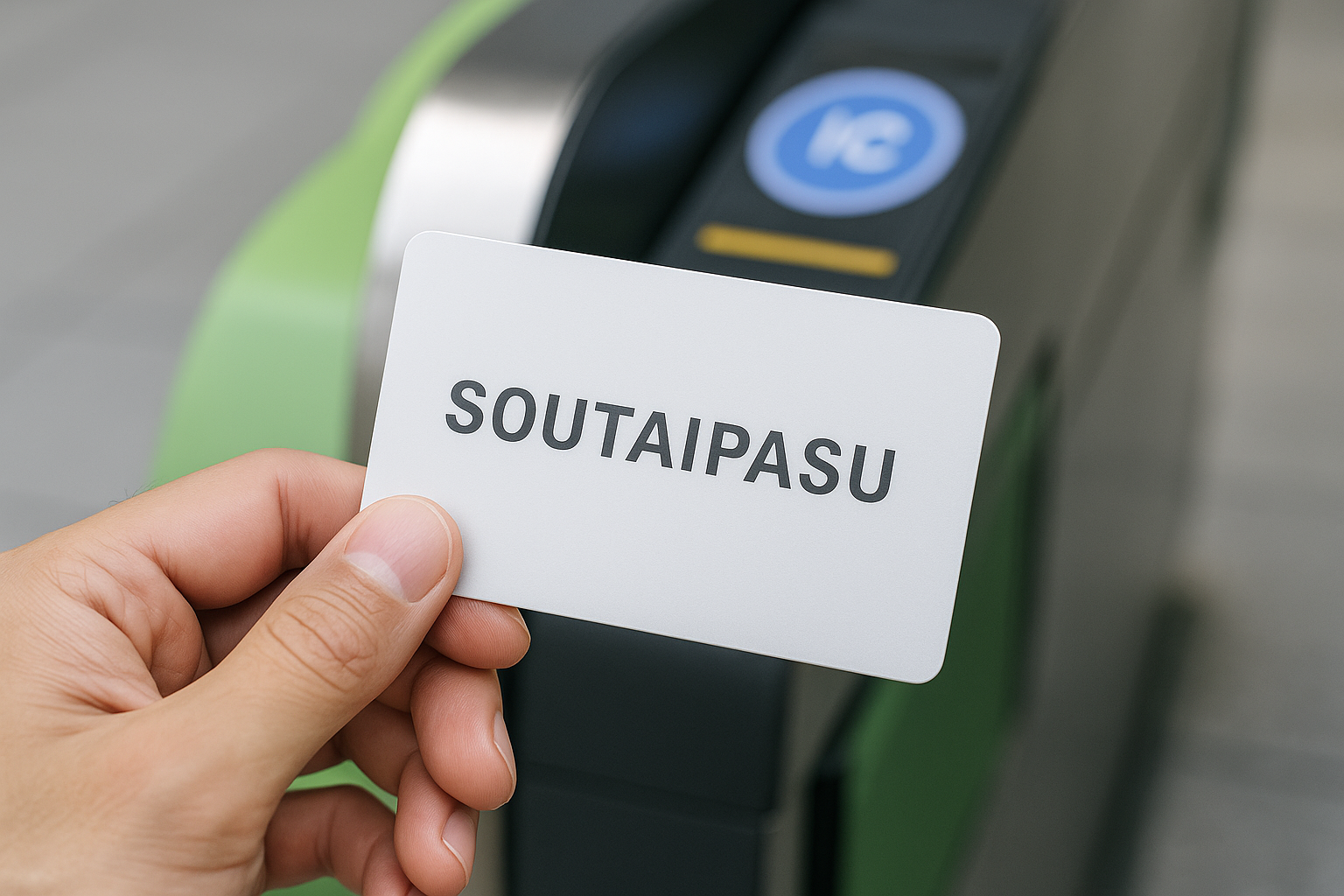Introduction to Soutaipasu
The term Soutaipasu may sound unfamiliar to many, yet it carries layers of cultural, linguistic, and symbolic value. Rooted in Japanese language and tradition, this word encapsulates more than just a literal translation—it reflects attitudes, practices, and beliefs embedded in its cultural context. Understanding its meaning requires exploring not just its direct definition, but also its etymology, evolution, and its place within cultural narratives.
Etymology and Linguistic Roots
The word “Soutaipasu” (相対パス or 相対パース) can be broken down into two components: “soutai” (相対) meaning “relative,” and “pasu” (パス), derived from the English word “path” or “pass.” In Japanese, English loanwords are frequently written in katakana, and “pasu” represents a borrowed term that has been adapted to fit Japanese phonetics. This gives the word a hybrid linguistic identity—half native and half imported—showing how Japanese culture integrates global influences while retaining its own logic.
Literal Meaning of Soutaipasu
In its most straightforward usage, soutaipasu means “relative path”. It is often used in technical or spatial contexts, such as computer file systems, where a relative path points to a location in relation to the current directory. While it may seem purely technical, the concept carries philosophical undertones in Japanese thought, where relationships and contextual positioning often hold more weight than isolated absolutes.
Historical Development of the Concept
The idea of relativity expressed through soutai has deep roots in Japanese cultural and intellectual traditions. Historically, Japanese philosophies like Zen Buddhism emphasized the interconnectedness of all things. This worldview naturally accommodates the idea of positioning something in relation to something else rather than defining it in isolation. The addition of “pasu” in the modern era reflects Japan’s openness to technological language, merging ancient relational thinking with contemporary global terminology.
Usage in Technology and Computing
In modern Japanese, soutaipasu is most prominently used in technology-related fields. Programmers, system administrators, and web developers refer to soutaipasu when writing code or configuring software systems. It contrasts with zettai pasu (絶対パス), meaning “absolute path.” This technical distinction mirrors broader cultural ideas: an absolute path represents a fixed, rigid position, while a relative path is flexible and dependent on context—aligning with Japanese values of adaptability and harmony.
Metaphorical and Cultural Significance
Beyond its technical use, soutaipasu has taken on a metaphorical life in Japanese discourse. It can symbolize a journey defined by relationships rather than destinations—an approach that values process and connection over static achievement. This aligns with Japanese social customs, where hierarchy and relationships (such as senpai–kohai dynamics) are essential to understanding one’s role. Just as a soutaipasu has meaning only when anchored to a starting point, an individual’s path gains meaning through their connections to others.
Influence on Japanese Educational Thinking
The philosophy embedded in soutaipasu also resonates in Japanese education. Students are encouraged to see their progress as relative to their own past and to their peers, rather than measured solely by universal benchmarks. This fosters a growth mindset that emphasizes gradual, relational improvement. Educators often use relational positioning to guide students, subtly reinforcing the soutaipasu principle in daily learning practices.
Reflection in Japanese Art and Aesthetics
Japanese art and design often reflect the relative approach symbolized by soutaipasu. Traditional architecture, for example, uses space and perspective in ways that depend on the viewer’s position. Similarly, in gardens or ink paintings, meaning emerges from the interplay between elements, not their isolated identities. This artistic sensibility echoes the soutaipasu concept, where understanding comes from context and relation.
Soutaipasu in Contemporary Culture
In today’s Japan, the term may appear in popular culture, casual conversation, or even business discussions as a metaphor for navigating life contextually. Young professionals may speak of taking a “soutaipasu” toward their career goals, meaning they are progressing indirectly, shaped by their current environment, rather than following an absolute, predetermined route. This flexible outlook resonates with Japan’s evolving work culture, which increasingly values adaptability over linear career ladders.
Global Interpretations and Cross-Cultural Value
While soutaipasu is distinctly Japanese in origin, its underlying idea has universal appeal. Many cultures are shifting from rigid, absolute models of success to relational, adaptive models. In this way, soutaipasu can serve as a cultural bridge, offering a perspective that prioritizes context, relationships, and incremental progress—concepts that resonate with global trends in education, work, and personal development.
Conclusion
Soutaipasu may seem like a niche technical term, but it holds a wealth of cultural meaning. Its roots in Japanese relational thinking, its adaptation of global language, and its symbolic use in modern discourse make it a powerful concept that transcends its literal meaning. Understanding soutaipasu opens a window into how Japanese culture harmonizes tradition and modernity, and how it values the journey defined by context over isolated endpoints. Embracing the spirit of soutaipasu invites us all to see our paths not as fixed lines, but as evolving relationships shaped by where—and with whom—we begin.




